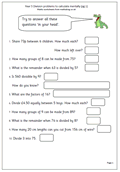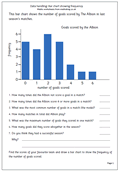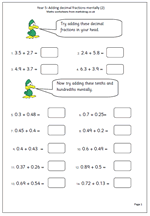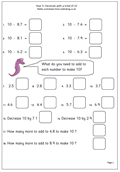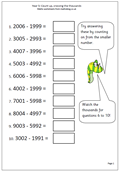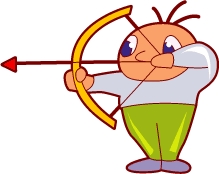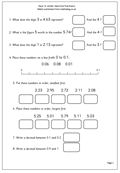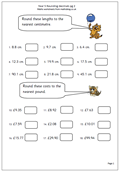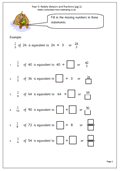 The relationship between fractions and division is one which many children fail to grasp. Put simply, one fifth of 30 is equivalent to 30 divided by 5, or written as a fraction 30 over 5.
The relationship between fractions and division is one which many children fail to grasp. Put simply, one fifth of 30 is equivalent to 30 divided by 5, or written as a fraction 30 over 5.
It can be a great help to see a fraction as a division calculation. 1/2 can also be thought of as one divided by two.
This page takes a quick look at this and should show whether your child does understand this important relationship.
